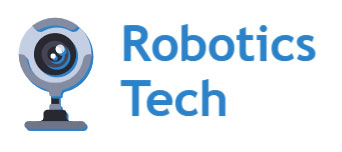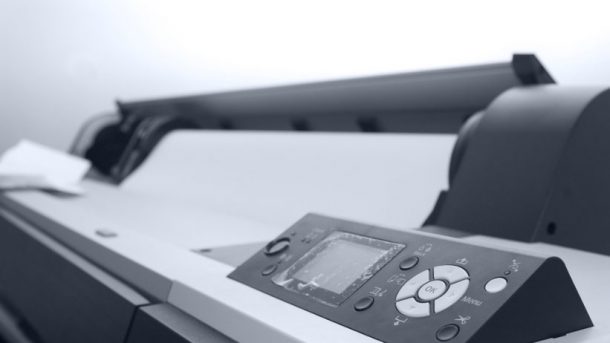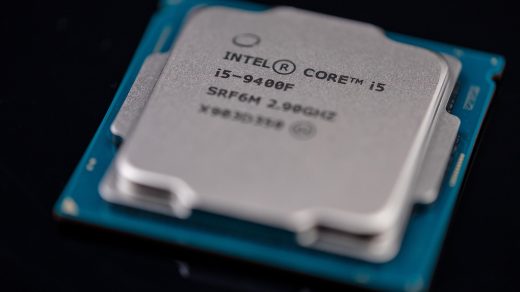After following the screen printing is another “universal” printing technology, it is with the computer control technology, and the constant development of packaging technology developed rapidly, and now many modern factories and packing line can be automatically applied. Inkjet printing has advantages over other printing methods, such as adaptability, high intelligence, low cost, and no pollution.
The operator can easily and quickly in the field (sports) the date printed on the packaging, specifications, shelf life, quantity, bar code, etc.. After drying inkjet, printing products quickly into the next process immediately. Different from the traditional package printing, inkjet printing no longer need a dedicated pre-press plate and supporting processes.
Advanced inkjet printing systems, the operator simply pressing the keyboard during operation can change the font need to print, symbols, and various graphics.
Scope of application
It not only can be used to print text and numbers, bar codes can also be extended to achieve choice and user (customer) signs printing security features. Inkjet printing systems have gone far beyond the scope of traditional printing, which in addition to black and white and color printing with features, it also has data processing and information storage capabilities. It is by select (installed) memory storage device can store hundreds of independent coding (digital and character sets, etc.), and ten thousand characters. It is connected with the computer can work records and reports to achieve the collation and printing. When it is connected in series with the host, but also on the packaging (or other printing items on), print out the weight of record coming from a variety of data satellite communications, mapping, and other atmospheric cloud.
Inkjet printing has been widely used in the scene of various shapes and surface printing of packaging materials, whether there is a hole or no hole, flat or curved surface of the fabric or shape with bones, such as Plastic , Cloth, paper, fur, ceramics, glass or metal. Rate applies to all kinds of printing, whether uniform, variable or intermittent operation and most suitable for packing non-stop continuous production line operation. In the continuous inkjet printing production line number, date, printing, or adhesive labels than other more economical and efficient. Inkjet printing principle, whether for packaging inkjet printing or inkjet printing for the office areas, the basic principle is the same. Now in office inkjet printer, for example, introduce the principle of inkjet printing.

Now on the market There are two main types of inkjet printers:
- piezoelectric (such as EPSON products)
- bubble-type (such as HP, Canon’s products).
Piezoelectric ink jet printer nozzle at one end position, the other end is a piezoelectric material (mostly lead – Al – Ti type piezoelectric crystal), Ink The role of deformation in the piezoelectric crystal under high pressure out of the nozzle is, after the ink droplet ejected up into the ink cartridge in a timely manner.
Bubble jet printers with thermal resistance near the nozzle, the digital signal applied current pulse transient heat (heating rate up 100 ° C / s, temperatures up to 280 ° C), of the ink for rapid local heating, so that around a small amount of ink to form a bubble boiling. In the bubble pressure drops to be ejected under the action of the nozzle, while air bubbles disappear, and take away the heat. Ink from the storage room quickly fill the gap by capillary action.
The development of inkjet printing
Inkjet ink principle of the decision to have some special properties.
- First, the ink should have a certain viscosity, surface tension, pH, and other physical and chemical properties. General ink surface tension (3.0 ~ 5.0) × 10-2N / m, viscosity of 1 ~ 3.0mPa? S, pH value of 8 to 9 is more appropriate.
- Second, the ink should be stored long-term stability, good performance of continuous and intermittent printing, good color, brightness, purity, and color saturation as well as water, light, wind, and chemical properties.
Furthermore, the ink composition can not react chemically with the nozzle, so as not to cause nozzle clogging; ink to clear printing, fast drying, but not in the injection process, or do not use excessive evaporation; ink to print out the images and text should be clean, non-proliferation, lack of ink, and of disparities.
To meet the above requirements on the performance of inkjet ink, inkjet ink composition generally consists of the following components: Solvent , Coloring agents, surfactants, moisturizers, pH value regulator, driers, metal ion chelating agent, preservatives, and other Additive .
1970 years, according to different principles of inkjet technology, a variety of inkjet printers have been developed and began as a commodity into the market, inkjet




